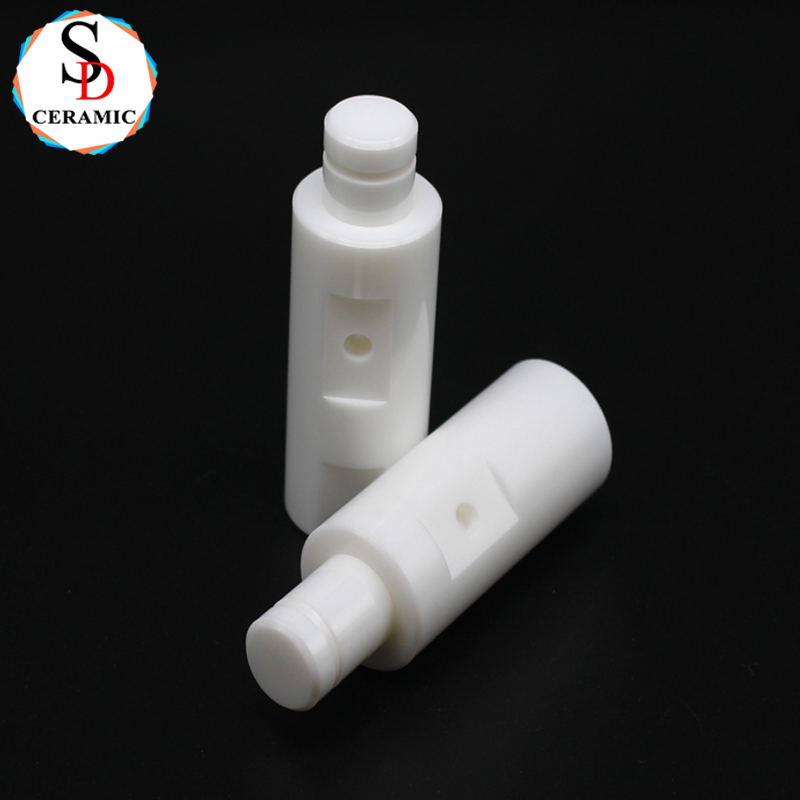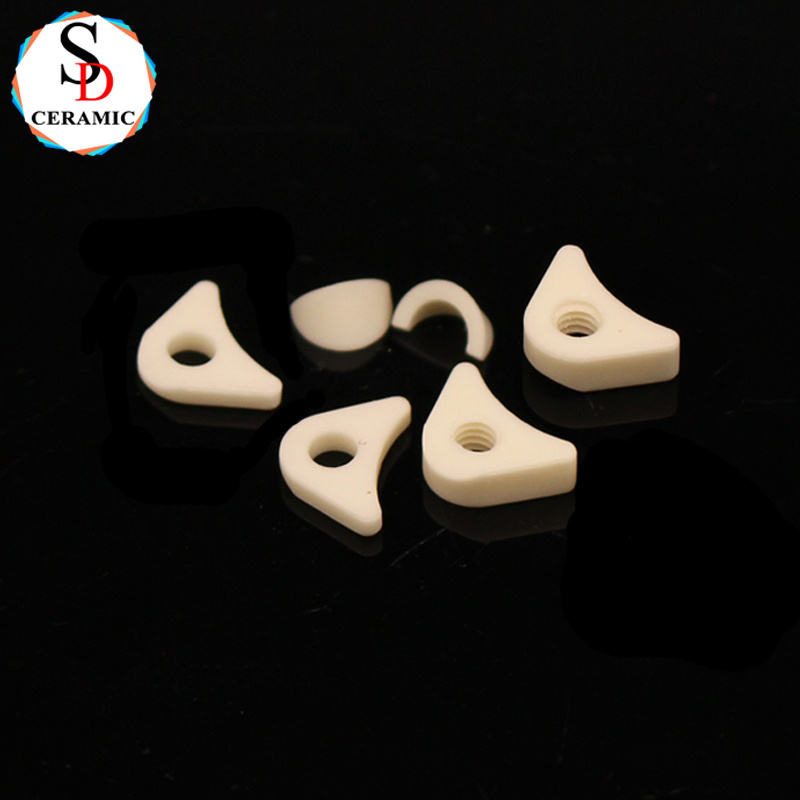Procuring custom ceramic components is not merely a simple commodity purchase, but rather a close technical collaboration. Providing clear and comprehensive information is the primary prerequisite for ensuring that you receive products that meet expectations and deliver reliable performance. The following six categories of key information are crucial:
1. Clarify Performance Requirements
This is the core. You must inform the supplier of the component’s specific operating conditions (e.g., the temperature it will withstand, the type of chemical corrosion it will resist, the level of mechanical stress it will bear, or its electrical insulation requirements). This directly determines the selection of ceramic materials (such as alumina, silicon nitride, zirconia, etc.), as the properties of different materials vary drastically.
2. Provide Accurate Drawings
A standard 2D or 3D engineering drawing serves as the "universal language" for communication. It must clearly mark all dimensions, tolerances (the allowable range of dimensional deviations), geometric shapes, and key features (such as holes, threads, grooves, etc.). The higher the precision requirement, the corresponding higher the cost will be.
3. Specify Materials and Processes
If you have specific needs, you should indicate the required ceramic material grade (e.g., 99% alumina or a specific grade of silicon nitride) and the desired forming and sintering processes (such as dry pressing, isostatic pressing, injection molding). If you are unsure, you can consult the supplier for recommended solutions.
4. State Quality and Testing Standards
You need to clearly inform the supplier of the quality acceptance criteria. For example, is non-destructive testing (NDT, such as X-ray inspection), metallographic analysis, density testing, hardness testing, or pressure resistance testing required? Providing industry or national standards (e.g., GB [Chinese National Standards], ASTM, etc.) can greatly reduce potential disputes later.
5. Define Surface Treatment and Post-Processing
After sintering, does the component require grinding or polishing to achieve a specific surface finish (Ra value)? Is metallization (plating or brazing) needed to facilitate connection with other parts? These post-processing steps have a significant impact on both cost and lead time.
6. Communicate Application Background and Budget
Briefly describe the component’s end-use (e.g., for semiconductor equipment, medical devices, or aerospace applications). This helps the supplier better understand your needs and provide potential optimization suggestions. Meanwhile, a preliminary budget range and expected quantity will enable the supplier to offer the most cost-effective solution.
In conclusion, treat the procurement of custom ceramic components as a collaborative design project rather than an ordinary purchase. The more thoroughly you prepare, the higher the success rate of the final product will be. Maintaining open and in-depth communication with the supplier’s technical team is key to the success of the project.
 |  |
If you have any questions or need help, feel free to contact with our team.
Phone
+86 15335210683
Location
Qianluo Village, Dingshu Town, Yixing City, Jiangsu Province, China
Welcome to subscribe to our email message!


Copyright © Yixing Shengda Refractory Ceramic Co., Ltd. All Rights Reserved | Sitemap | Powered By 